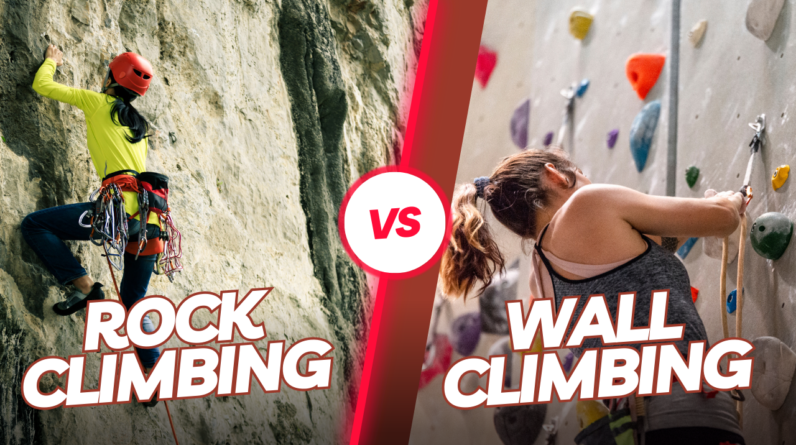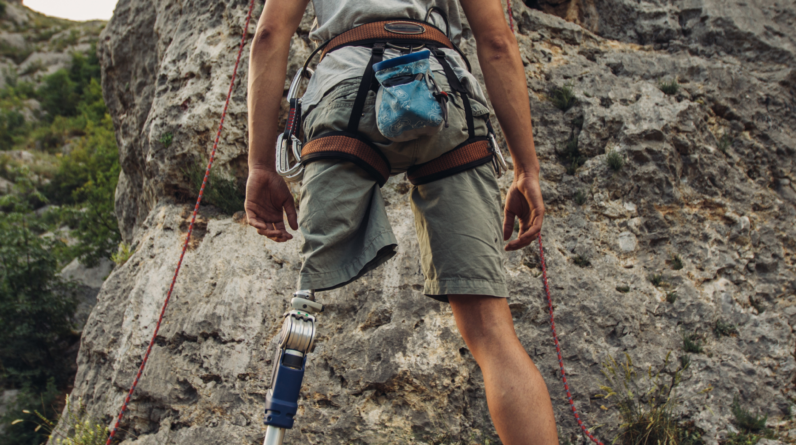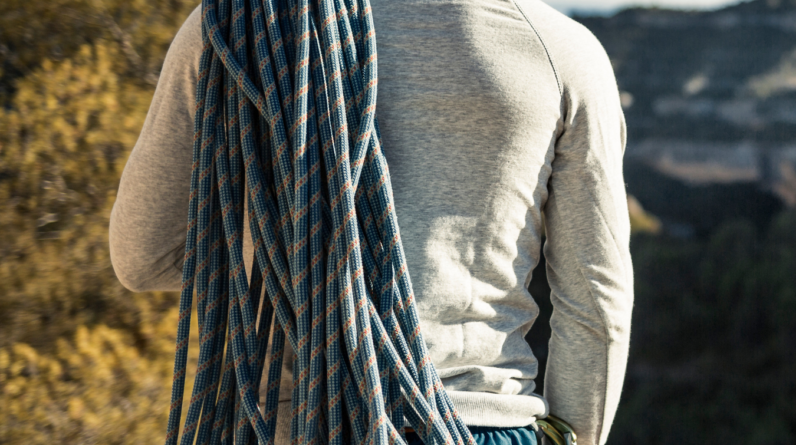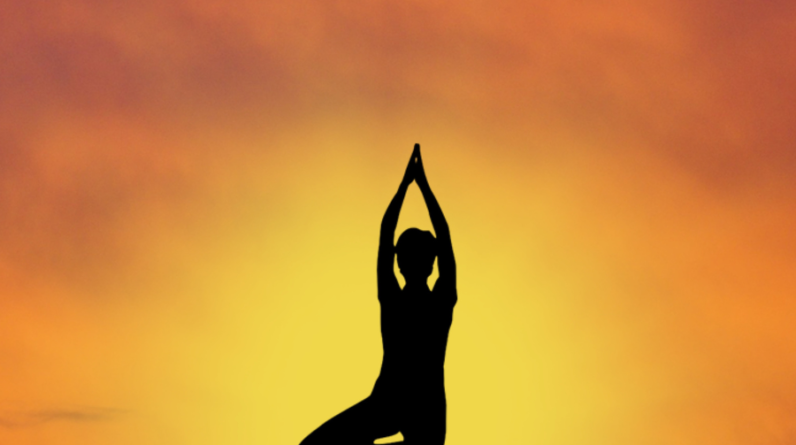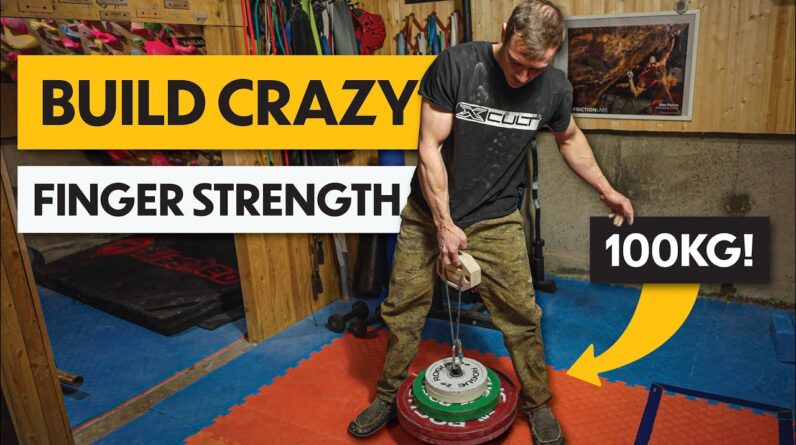
How Arm Lifting Techniques Can Improve Your Climbing Finger Strength
In the world of climbing, finger strength is key. We all get excited when we see someone in our community who is an outlier in this area, performing incredible feats of strength. But what happens when we start to notice patterns emerging in their training? This is something that has recently been observed in the arm-lifting community and it’s something we can all learn from.
Tom Randall, a prominent figure in the climbing community, has recently delved into the arm-lifting community through his podcast. He had the opportunity to sit down with Eaves Gravel, one of the big names in the arm-lifting world, to talk about his training techniques. In this article, we’ll be taking a look at some of the golden nuggets that came from their conversation and how we can use them to improve our own climbing finger strength.
Equipment for Training Grip Strength

One of the first things Eaves discusses is the equipment needed for training grip strength. The lifting edge, pinch grip, and wrist wrench are all popular tools for arm lifters. However, for climbers, the portable hang board is a must-have. It’s essential to select a hang board that has a good size edge with a comfortable radius to prevent skin damage. Eaves recommends training on an 18-millimeter edge, which is about the depth of the first pad of your finger. Research shows that training on a larger edge is excellent for building maximum strength gains.
Pinch Training Techniques
Eaves emphasizes the importance of being precise with grip position when doing pinch training. It’s all about setting the grip in the best possible way to lift the maximum load. He also stresses the need to have the same grip every time you pick up the weight from the floor to keep consistency in your training.
Wrist Strength Training Techniques
A wrist wrench is an excellent tool for developing wrist strength. Eaves recommends using a tube with a strap around it and keeping the size of the wrapped strap the same. It’s essential to keep your thumb on the strap to help with stability. By doing this, you can develop forearm strength, wrist strength, and squeeze a lot of pinch strength.
Training Session
Eaves takes us through a typical arm lifting session, starting with a specific warm-up to build up reps and volume until reaching the main training sets. He warms up to 50% to 60% of his one-rep max, and he gradually increases the load by 10% until he reaches 80% of his one-rep max.
It’s important to record all of the reps you do in your warm-up and to understand that they contribute to your overall training volume. Eaves suggests stopping around eight reps to save energy for the higher reps.
Eaves recommends doing four reps at 80% of your one-rep max for the main set. However, if you’re feeling good, you can increase the reps to five or six. He stresses the importance of listening to your body and not training to fail.
Final Thoughts
Training grip strength is essential for climbing. Arm lifting techniques can help improve your finger strength, and it’s fascinating to see the overlap between the two sports. By using the right equipment and training techniques, you can achieve incredible feats of strength and improve your climbing ability. Remember to listen to your body and not push it too hard, and trust in the process.

